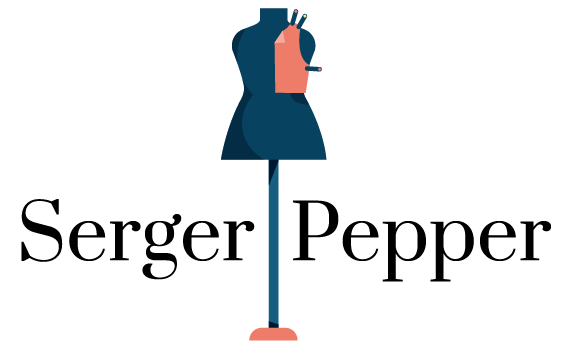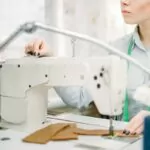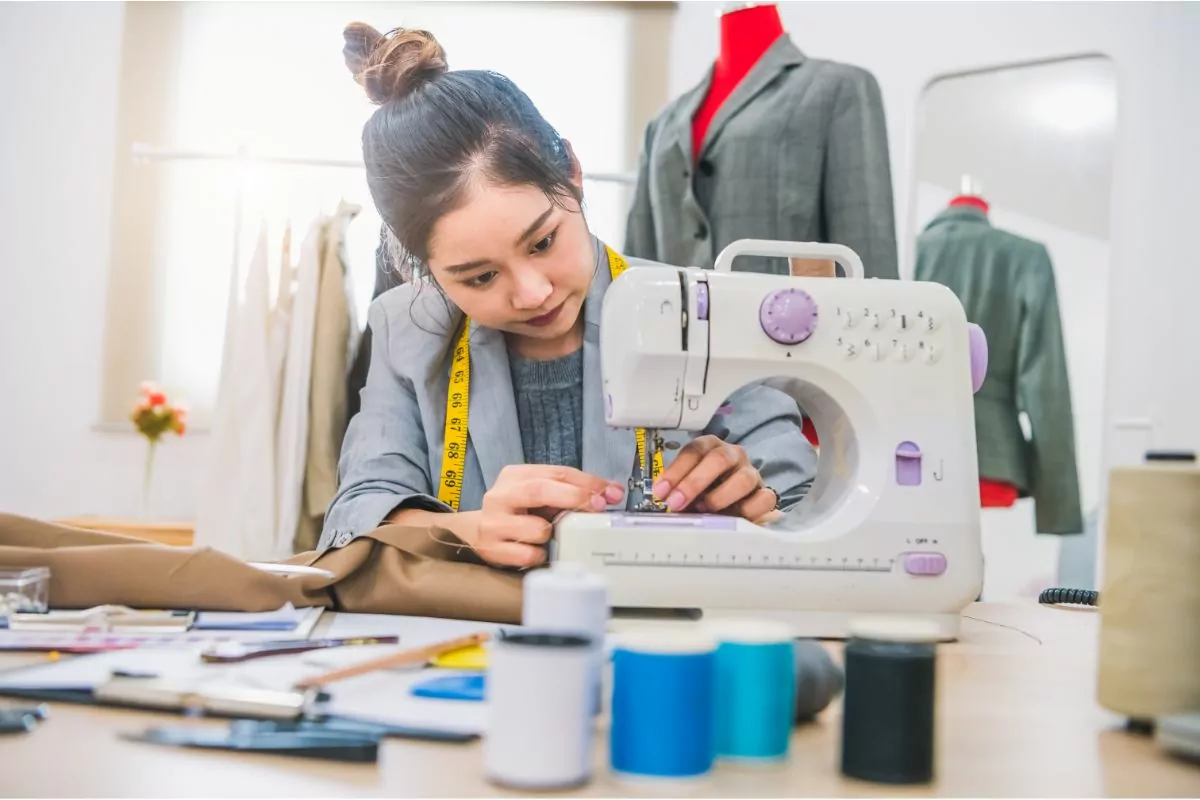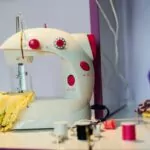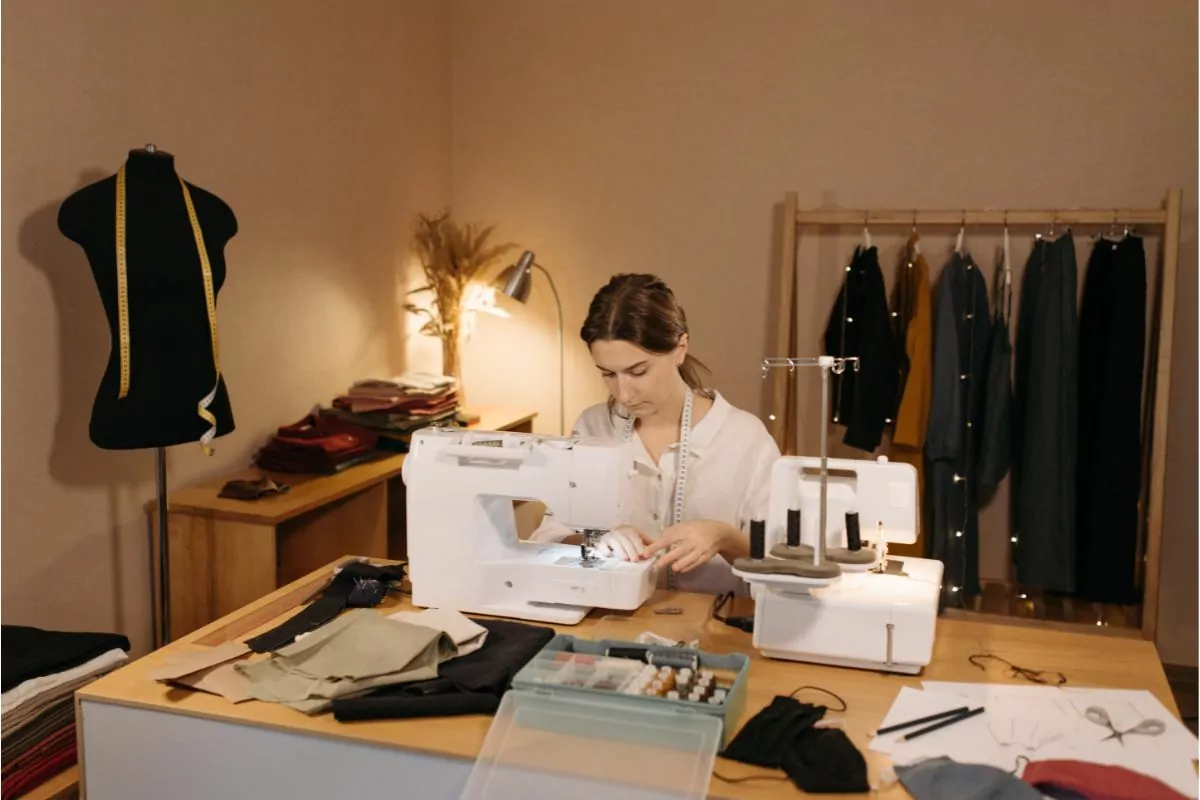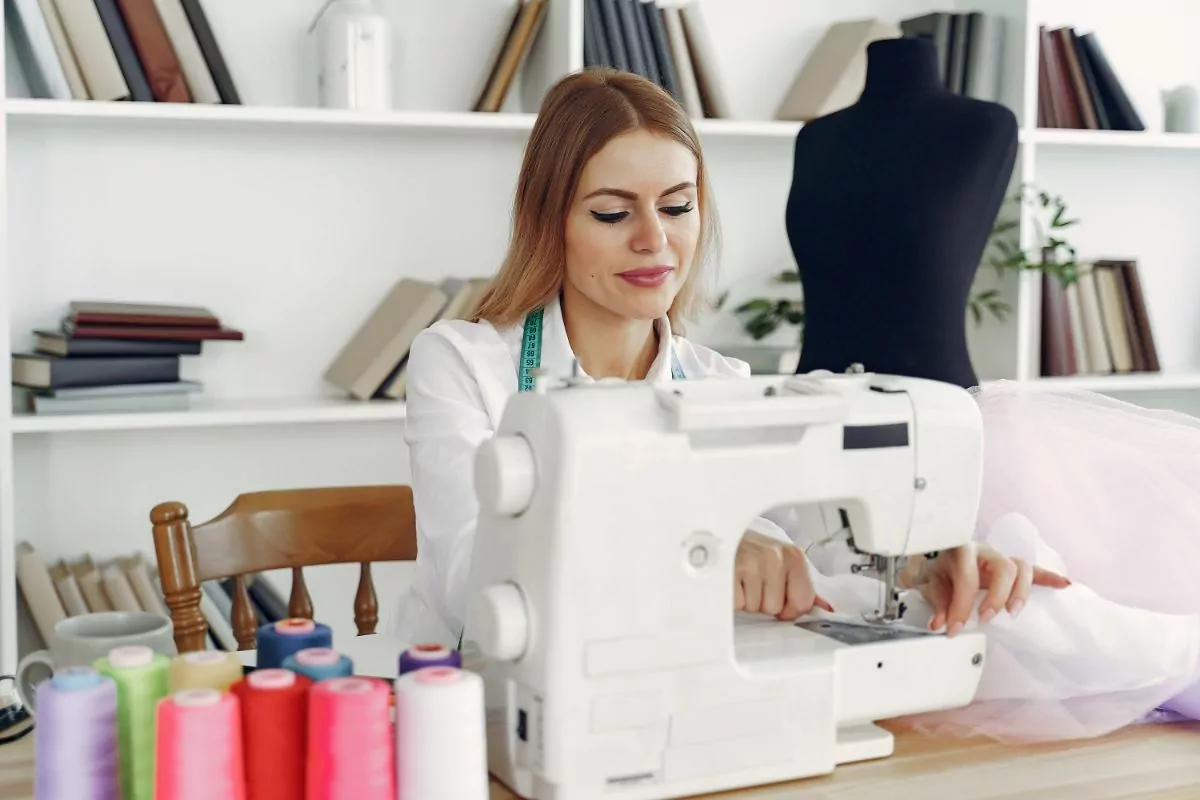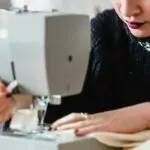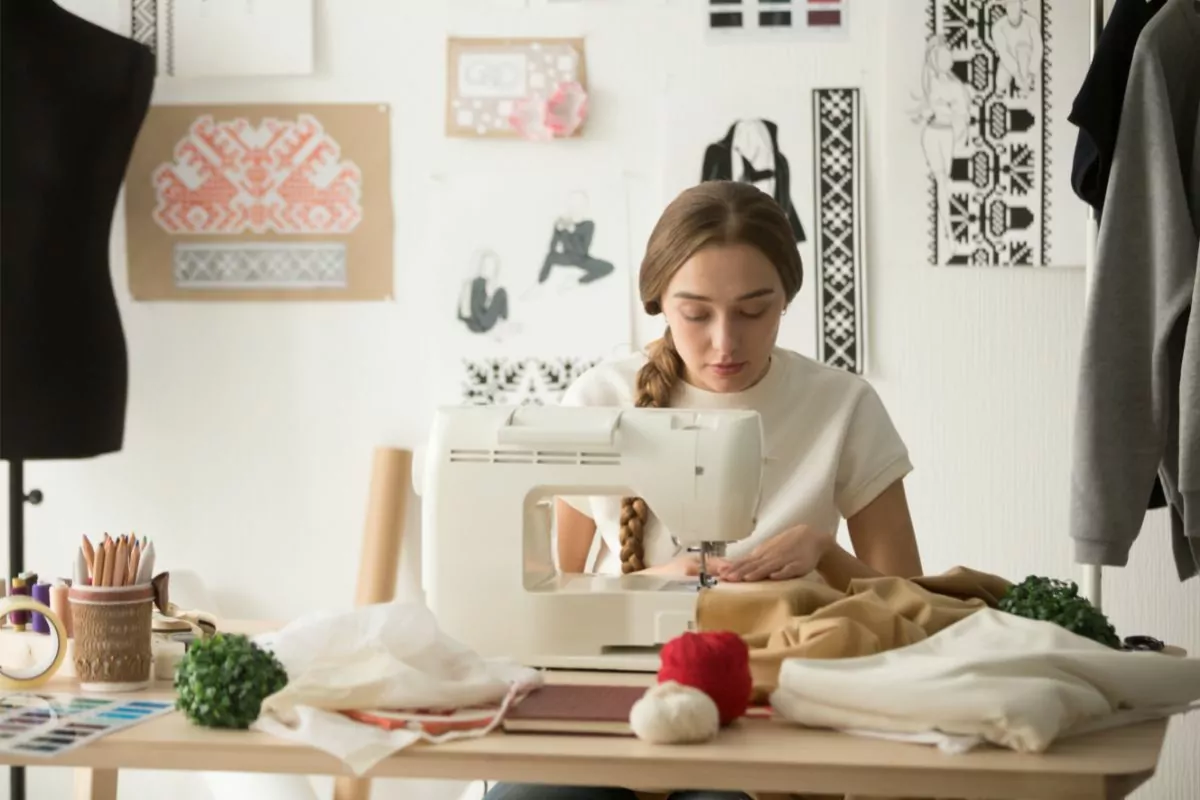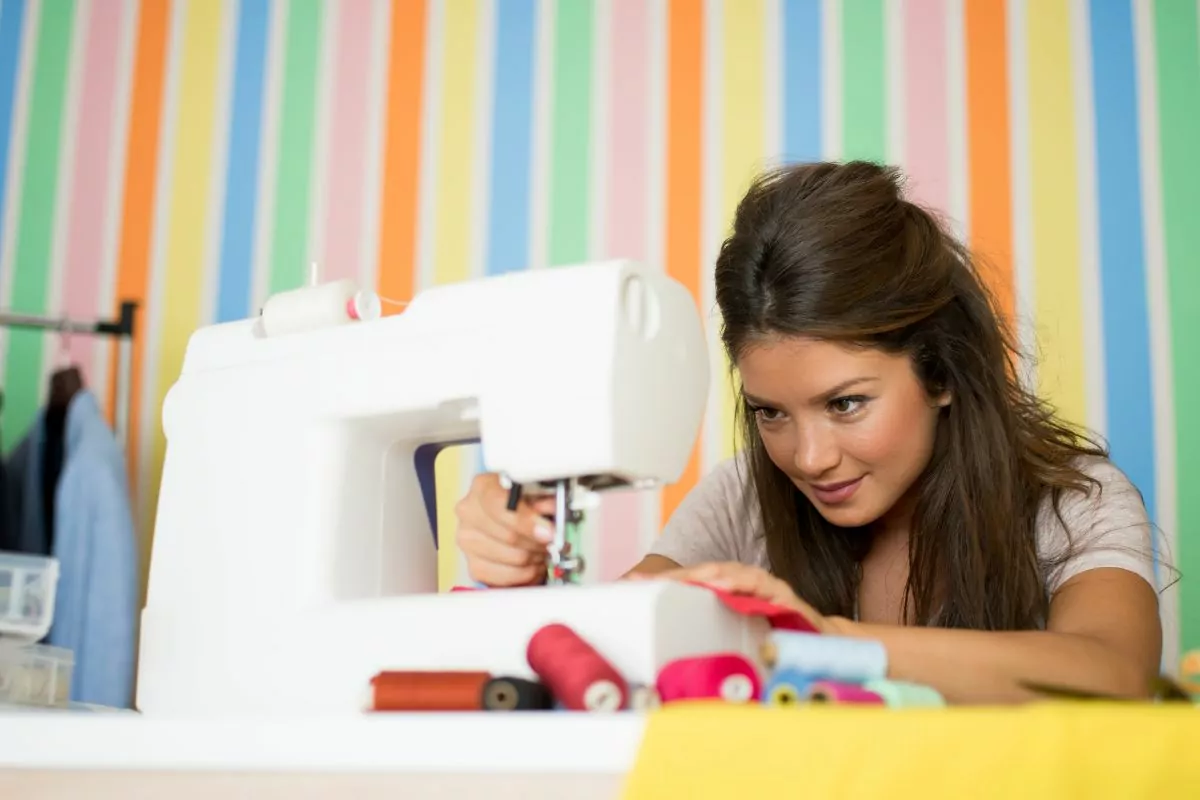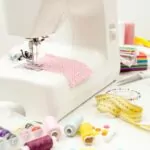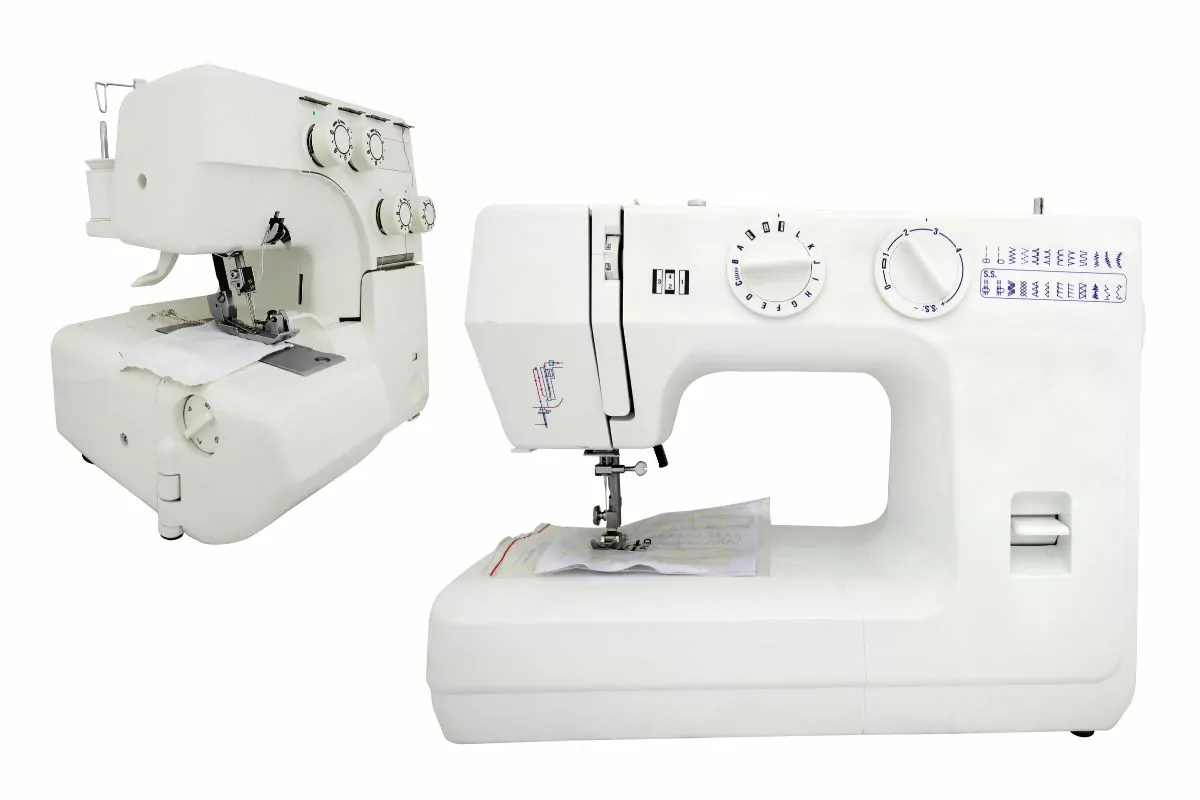Understanding your sewing machine can be the secret to success in the sewing room – this will help to ensure that your projects are as perfect as possible. A bobbin is one of the most important parts of a sewing machine.
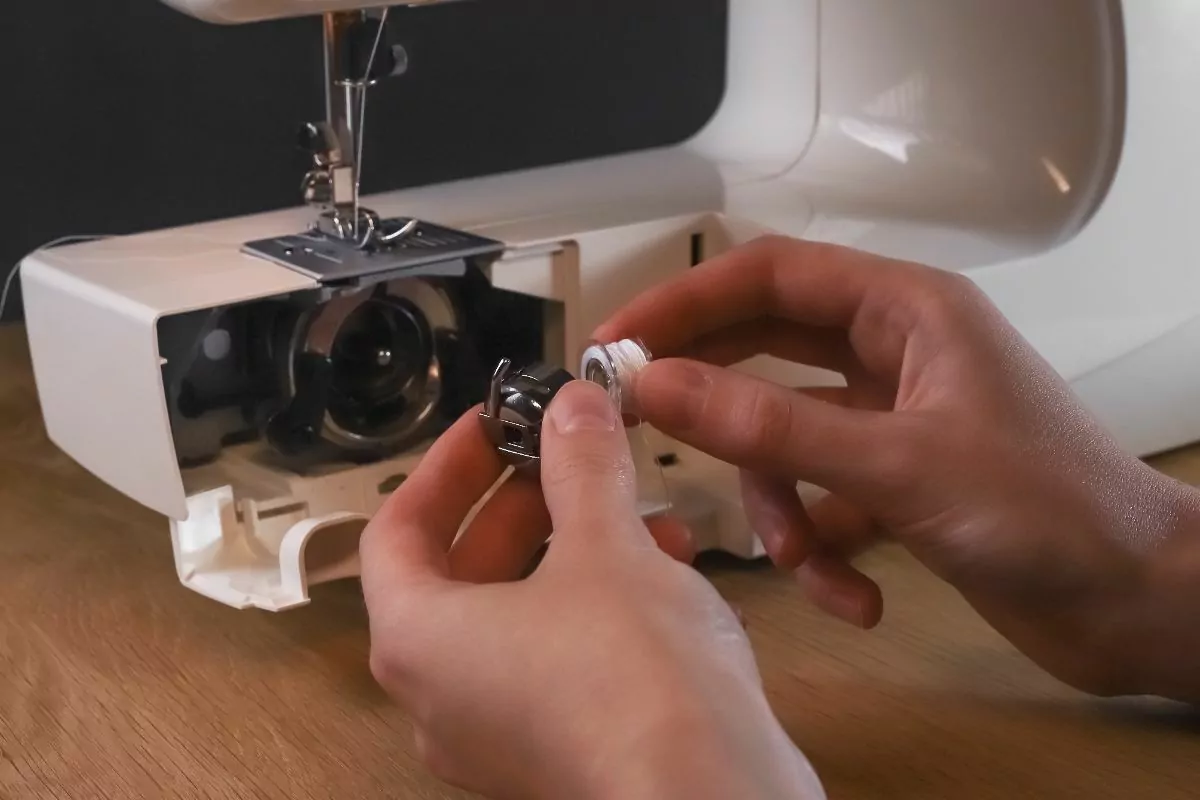
It is a small, cylindrical spool that contains the thread used for stitching. We put together all you need to know about the bobbin in your sewing machine, including how to wind it, what type of thread should be used, and common mistakes to avoid.
What Is A Bobbin?
A bobbin is a small, cylindrical object that holds the lower thread in a sewing machine. It is typically made of metal, plastic, or even wood, and it sits in the bobbin case or shuttle inside the sewing machine.
While the spool of thread on top of the machine supplies the upper thread, the bobbin provides the lower thread required to form the stitches.
What Is The Purpose of A Bobbin?
The bobbin plays a vital role in the stitching process: when the needle of the sewing machine moves up and down, it forms a loop by pulling the upper thread down through the fabric.
This loop wraps around the bobbin thread, which is then pulled up through the fabric to create a secure stitch. Essentially, the bobbin thread intertwines with the upper thread to form the stitches that hold the fabric together.
Types Of Bobbins
There are a number of different types of bobbins, and the main ones include:
Class 15 Bobbin
This is the most common bobbin and is used in most domestic machines. It is made of plastic and comes in various sizes, depending on the make and model of your machine.
Class 66 Bobbin
This bobbin has a larger core than a Class 15 bobbin and it can be used in both domestic and industrial machines. It also has an oval shape and it is typically made of metal.
L-Style Bobbin
This bobbin has a much longer core than the other two varieties, and it is mainly used in high-end embroidery machines. It is typically made of plastic or metal and is commonly found in a number of domestic sewing machines.
M-Style Bobbin
If you are sewing heavier fabrics, such as leather or denim, you may need to use an M-Style bobbin. It is similar to the L-Style bobbin but has a slightly smaller core, which allows it to fit more easily in industrial machines.
Additionally, some sewing machines have top-loading bobbins, while others have front-loading or side-loading bobbins. Familiarizing yourself with the bobbin style your machine uses will ensure smooth and efficient sewing.
How To Wind A Bobbin?
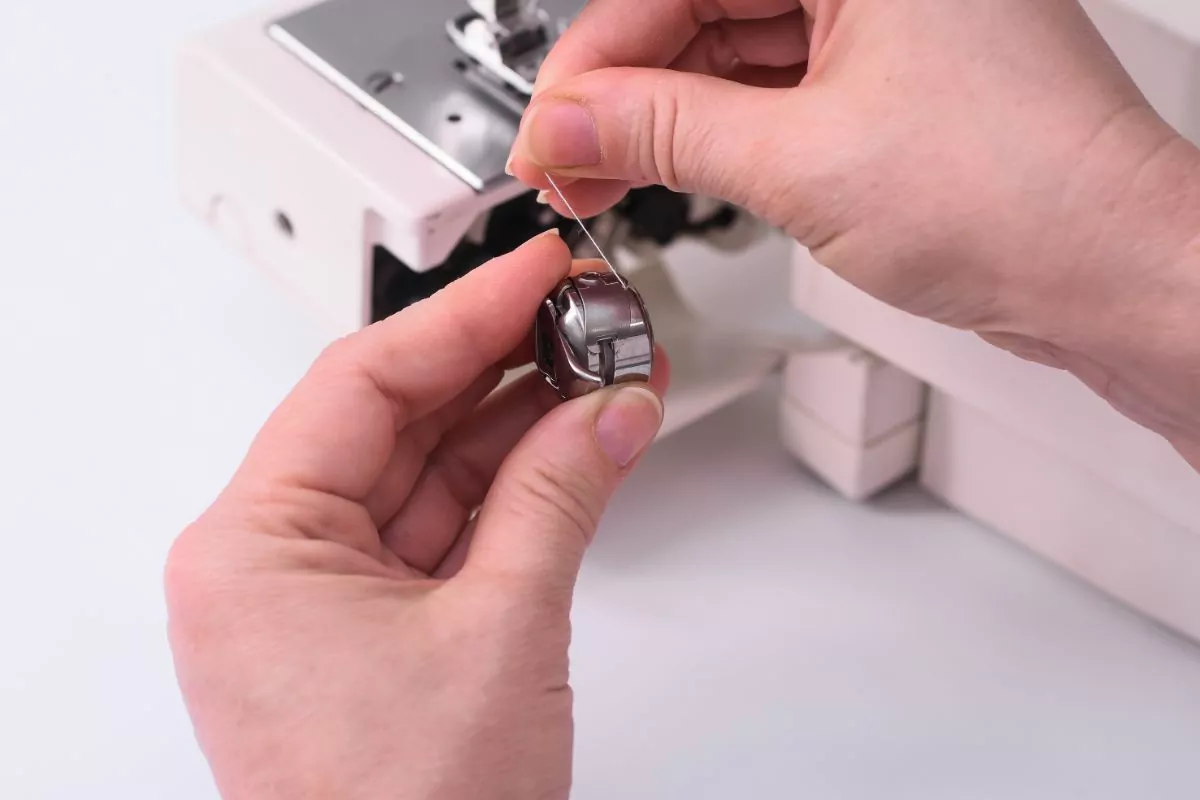
The bobbin needs to be wound with thread before it can be used in your sewing machine. Most modern machines have an automatic bobbin winder that will do this for you. If your machine does not have an automatic bobbin winder, you can wind the bobbin manually.
Locate The Bobbin Winding Mechanism
The first step in winding your bobbin is to locate the bobbin winding mechanism. This is usually located on top of the sewing machine near the thread spool and it consists of a small lever or knob that will trigger the winding process.
Install The Bobbin
Once you have located the bobbin winding mechanism, you will need to install the bobbin in its case. Depending on the type of machine, it may be loaded from the side, back, or front. Refer to your manual if you are unsure how to do this.
Thread The Bobbin
Once the bobbin is in its case, you will need to thread it with the same type of thread that you are using for the top thread. Start by pulling a few inches of thread off the spool and then pass it through the hole in the bobbin, making sure to leave a tail of around 6 inches.
Set The Bobbin In Place
Now you need to set the bobbin in place. Depending on your machine, this may involve inserting the bobbin into the shuttle or case and then moving a lever or knob to secure it.
Wind The Bobbin
Finally, you can start winding the bobbin. Place the spool of thread on the spindle and hold it in place with your finger as you start winding. Then press the lever or knob to activate the bobbin winder, making sure to keep a steady pressure on the spool.
Once the bobbin is full, release the lever or knob and cut off any excess thread before removing it from its case.
Top Tips For Winding A Bobbin
Now that you know how to wind a bobbin, here are some top tips to ensure your stitching is smooth and even:
Match The Threads
One of the best things you can do is make sure that the thread on both the bobbin and spool are the same – this will ensure that your stitches are neat and even and that the bobbin thread does not get tangled.
Check The Tension
It is also important to check the tension on your machine regularly – if it is too tight or too loose, you may find that you have problems with your stitching. Adjusting the tension can make a big difference to the quality of your work.
Use Quality Threads
Finally, make sure that you are using quality threads – this will ensure that your stitching looks neat and professional. Cheap thread may not hold up to wear and tear or may cause problems with the tension of the machine.
Final Thoughts
A bobbin is an essential part of any sewing machine, helping to secure the fabric in place while you sew. Knowing how to wind a bobbin correctly and using quality thread will ensure that your stitching looks neat and professional, and will help to extend the life of your machine, as well as boost the quality of your sewing project.
- How To Sew Fabrics Together - June 5, 2023
- How Many Stitches Per Inch? - June 5, 2023
- How Long Does It Take To Sew A Dress? - June 5, 2023
